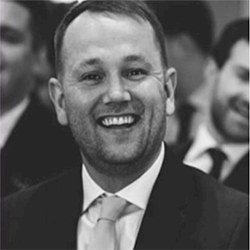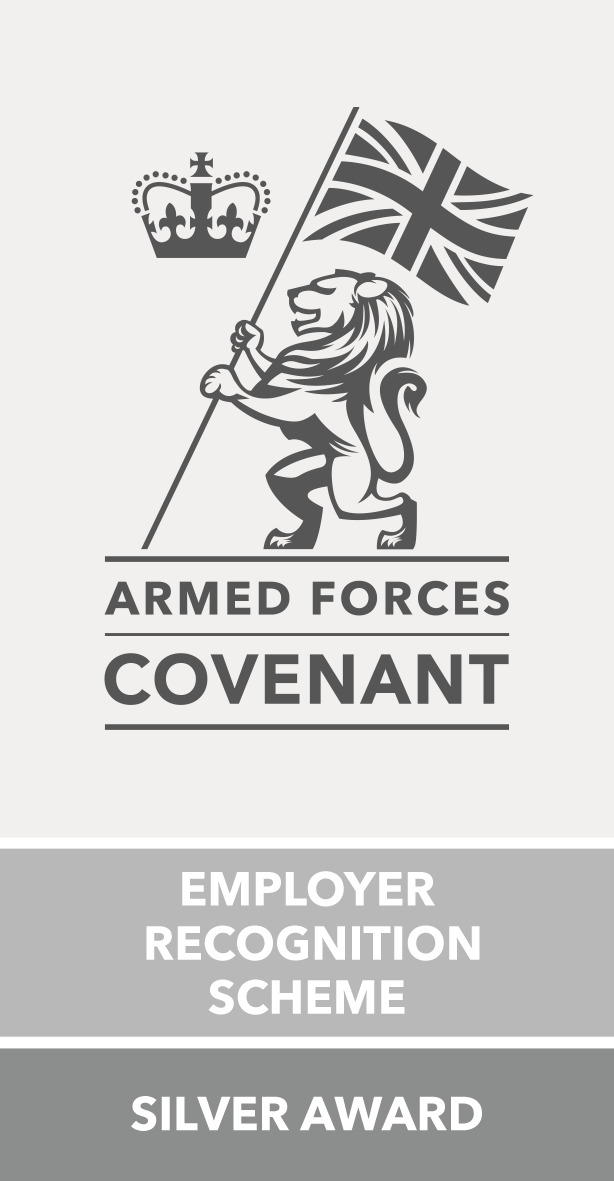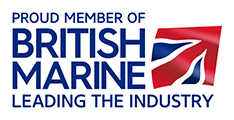Meet The Experts
The SeaKing Group was established in April 2001; specialising in marine electrical engineering. SeaKing’ targets maintenance and project work for commercial ships, ferries, naval vessels, cruise ships and superyachts. The company work across Europe, Asia and the Americas covering many market segments of the marine sector. Over the years SeaKing have so-far employed over 100 apprentices. SeaKing is certified through Bureau Veritas for the ISO9001 and 14001 management standards.

Blaise Cockton
Marine Engineer
A Deep Dive into the journey of a Marine Engineer Apprentice
The SeaKing Group to this date has now proudly employed over 60 apprentices. The leading marine electrical specialist currently employs more than 100 engineers worldwide with a track record delivering projects across Europe, Asia, Africa, the Middle East, Caribbean and USA.
Marine Engineers are responsible in the industry for installing, maintaining, fault finding and repairing marine engines, ancillary systems and equipment on marine craft including yachts, workboats, cruise ships and superyachts.
SeaKing Group’s CEO Martin Sealeaf said ‘Apprenticeships represent a long-term investment for the group, the candidates undergo rigorous panel interviews before securing their roles. SeaKing invests heavily in such schemes because they provide an excellent foundation in technical skill and knowledge. We can then steer the recruits into world-class marine electrical engineers.’
We spoke with Blaise Cockton has been with SeaKing for over 13 years starting off his career as an apprentice, we had a chat with Blaise to find out about his experience.

Q1: Tell us how the opportunity of being an apprentice for The SeaKing Group came up?
A: I was a student at TTE Engineering College in Ellesmere Port where the college put forward a number of appropriate candidates to interview with SeaKing and I was a successful applicant. I was then sponsored through 12 months of full-time college before joining The SeaKing Group as a full time employee in September 2008.
Q2: Talk us through the various positions you’ve so far held at the SeaKing Group
A: 2008 – 2011 – I served the remainder of my technical apprenticeship program, learning on the job whilst attending college on day release.
2012 – I joined the organisation technical design/support office as technical draftsman, a position that naturally evolved into design engineer, followed project engineering role, through broad experience and extensive training/qualifications.
Tasks included the use of software packages; AutoCad for drawing production and Etap for power systems calculations and analysis, as-well
as nationwide and overseas ships surveys for specification production, technical equipment selection and procurement, control system design and the management of global freight forwarding of equipment required for works.
2017 – present – I am now a project manager, taking control and ownership of all aspects of projects from start up to closure.
Q3: What tasks does your current job involve?
A: At the current stage of the project ahead of the imminent arrival of Type 45 Destroyer ship – one of six, required tasks include finalising and verifying designs, completing work packages, highlighting and endorsing variations to agreed scope and designs, planning for embodiment, highlighting and mitigating project and programme risks, and reporting on progress and issues to the board.
Q4: What do you like most about your current position?
A: Project diversity, every project offers different challenges daily. Also, my current opportunity to be so heavily involved in such a fantastic project working on the detailed design and its delivery of an MoD’s Type 45 Destroyer Power Improvement Project for the Royal Navy, implementing the resilience and operational capabilities of one of the most advanced warships in the world.
Q5: Are you given a variety of projects to manage?
A: A wide variety. Some recent projects include a redesign and subsequent retrofit of an autonomous power management system on-board a superyacht in Italy, to a wheelhouse console design, installation, and navigation and communication system integration on board a new build RO-RO passenger ferry and, of course currently the Royal Navy Type 45 Destroyer Power Improvement Project.
Q6: What kinds of challenges are you faced with while on the job?
A: Several types of challenges dependent on the project, whether it be technical complexities during design, fast moving time constraints during production or varied stakeholder management – all good fun!
Q7: Do you have any tips or advice on becoming a Project Manager within Marine Engineering?
A: Hard work and dedication with an agile approach to each day in work.



